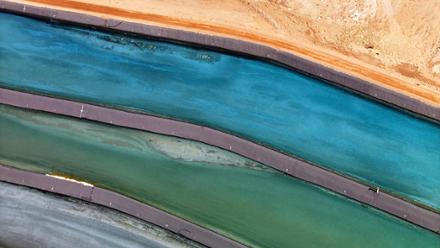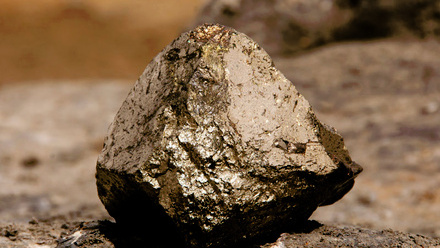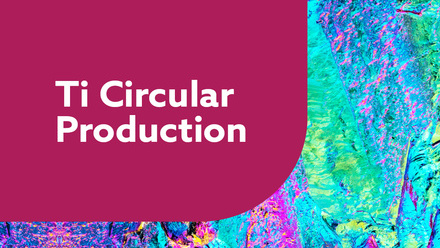Auditing and analysis of mine tailings
How important are audits when assessing the stability risk of tailings storage facilities? Wardell & Armstrong Associate Director, Naomi Lee MIMMM, discusses.
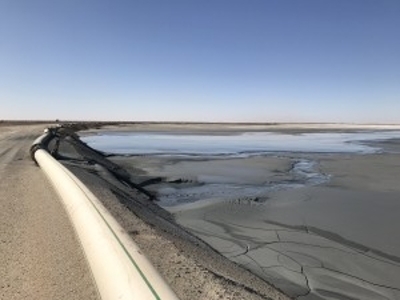
It is a little over a year since the Vale tailings dam disaster in Brazil which resulted in 259 people losing their lives, and many more left homeless, jobless or otherwise severally impacted. One of the most startling facts is that independent parties audited the Brumadinho facility in September 2018, when it was reportedly given a clean bill of health. The facility, which had not been raised since 2013 and had not received tailings since 2016, then went on to fail a mere four months later, with catastrophic consequences on 25 January 2019.
In December 2019, the panel reviewing the disaster published the Report of the expert panel on the technical causes of the failure of Feijão Dam I, which stated that the failure was caused by flow liquefaction, and identified seven key factors which lead to the failure. Without having personally reviewed the document, and in the light that legal proceedings are still ongoing, no comment is being made on the audit undertaken at Dam I. Nevertheless, this does raise the question – how important are audits in assessing stability risks of tailings storage facilities?
Tailings dams, or more correctly tailings storage or management facilities (TSF or TMF), are unlike conventional water dams in that they are dynamic structures which by their very purpose are required to change and develop throughout their lifecycle. A typical water dam will be constructed to its full height from the start, and operated between maximum and minimum levels, with mechanisms and procedures in place to maintain those levels.
A TSF on the other hand will, in most cases, increase in height, area and volume with time, will have periods and areas of active deposition, and periods and areas where no deposition takes place. They also will have varying water levels influenced both by climatic inputs and operational factors, resulting in saturated material, dry material and that which transitions between the two. The tailings material can vary in geochemical and geotechnical properties, both laterally and horizontally through the impoundment area. Also, where a water dam only stores water, a TSF has to contend with material that ranges from predominately a solid through to liquids with suspended solids, to water.
Why do tailings dams fail?
In other words, TSFs are complex dynamic structures and no two are the same. They are designed not to fail, so why do they? There are two reasons – that the design was not or is no longer fit for purpose, and that the facility is not operated in accordance with the design. The mechanisms by which a facility can fail are many and complex, as can be seen by the Dam I Vale technical failure report, but simply put, the reasons why a facility fails are for these two reasons and these two reasons only. Therefore, any audit should be able to answer the questions – is the design fit for purpose and is the TSF being operated the way it was designed to be? If either of the responses is no, then the TSF will fail. Maybe not that day, the following day or even for several years, but possibly, as happened at Vale, after four months and within 10 seconds of the onset of failure.
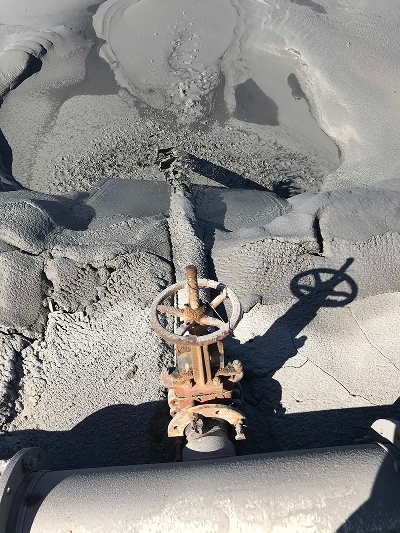
How then does an audit answer these two questions? Just as no two TSFs are the same, so no two audits will be the same, however, there are several key aspects that should form part of any audit. The first and most obvious point is that the facility must be inspected by boots on the ground. Satellite imagery is a powerful tool and can provide incredibly useful and valid data, including historic snapshots to build the historical profile, an overview of the entire site and potentially remote monitoring data, and its uses should not be overlooked or underestimated. However, in the role of an audit, it cannot replace a physical inspection of a TSF and talking with the site personnel and operators to gather onsite data. But more than just a surface inspection to identify the obvious signs of non-compliance or distress, an audit should look beyond the obvious and below the surface.
The audit must establish that the geotechnical, geochemical, hydrogeological, hydrological, environmental and climatic parameters used in the initial design and any subsequent design changes, are still valid and applicable to the current operation. However, this is not always an easy task, with TSFs often having a varied long lifecycle, with different operators. Dam I, for example, had a construction and operational life spanning 40 years from 1976–2016, with five design companies and 14 construction companies, several of which are unknown, involved in the various raise construction. The design reports and data, therefore, may not be available, they may only be in paper form stored in the depths of an office in a dusty box.
As validation reports for construction and as-built records may not be available, the internal and hidden works such as underdrainage, seepage control and lining systems may not be known. Building up the picture of the design history can be an exercise in detective investigation and perseverance, and in some instances the data is just not there.
Obtaining the evidence and records that the TSF is being operated as per the design is usually an easier task, or so you would think. But site personnel can change, and if the record keeping onsite is not quite as it should be, this can cause problems, and records over a 40-year span can be hard to locate. Adequate training of onsite personnel is needed so they know what and how to record the pertinent data from the daily inspections. Different aspects of a TSF can fall under different departments jurisdiction, for example environmental, processing and construction crews. This all leads to complex interactions, difficult paper trails and numerous onsite meetings.
Just as TSFs are complex structures, so audits are complex procedures. Added to this is how often and by whom should an audit be undertaken. There is no international standard on inspection and auditing, however, numerous guidance documents are available in the EU, Canada and Australia, to name a few, and the ICMM is attempting to develop a globally recognised standard on tailings dam design. But all these guidance documents, which may be legal requirements in their own countries, are still only best practice advice and are not enforceable in other nations. While similar in position and covering the same general points, most guidance documents differ, notably in classification systems (A B C, 1 2 3 or extreme high and low risk).
The guidance documents do agree that whoever undertakes the audit must be suitably qualified and experienced in geotechnical engineering and tailings dam design. Importantly, they should be independent from the TSF operation or must clearly state any previous involvement. Further, the frequency should be applicable to the status of the facility – construction, operational, care and maintenance, closed etc..
Following recommendations
This brings us to the final difficulty of audits, namely, how are the findings and recommendations of an audit enforced? An auditor is usually appointed by the mining company operating the TSF even though they are independent from it. An audit will provide recommendations and a risk assessment of the current status of the TSF, as best as able to determine from the available information. However, the auditor has no power to enforce those observations or recommendations.
A mining company, beyond best practice and operating in a responsible way, is not required to agree with or follow any recommendation from an audit. Most mining companies will adhere to the recommendations of an audit, because after all they were the ones that instructed to be undertaken in the first place.
But economic pressures, time constraints, practicalities of size and location, and availability of equipment and personnel all put pressures on companies and costly non-profit making activities can slip down the list of priorities. Therefore, the difficulties in obtaining all the design data and operational records, and given that the results and recommendations of an audit are not enforceable, how valid and worthwhile are audits in determining the stability of a TSF?
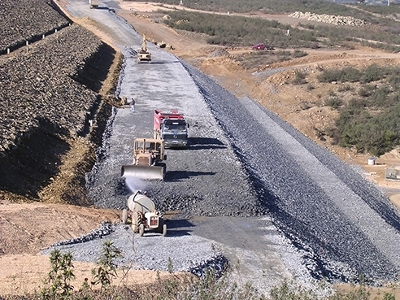
Clearly, they are essential. There is currently no other mechanism by which a TSF can be assessed, and given the potential impact if they fail, it is vital for them to be routinely inspected and assessed because they are always changing, so what was valid 40 years ago, or even one year ago, may not be valid and applicable today. A key part of undertaking an audit and being able to answer the two fundamental questions is the monitoring data and record keeping.
In this digital age, remote sensing, automate monitoring and document sharing has got to be at the forefront of TSF stability assessment. But more than this, the undertaking of routine audits and enforcement of the findings has got to be paramount in the effectiveness of the audit to ensure stability. A commitment by operators, investors, insurance companies, government, governing bodies and stakeholders to undertake audits and implement the recommendations is the only way an audit is effective.
With greater public awareness and increased demand for sustainability and ESG, not just within industry but in all aspects of life, and the ever increasing size and age of tailings facilities, all mining companies must be able to state that their TSF design is fit for purpose and that they are operating it according to that design. The industry has not only got to talk the talk, it must also walk the walk to ensure long-term stability - and TSF audits are the only way to do this.


